The Global Automobile Rental and Leasing Market represents a dynamic segment driven by increased consumer demand, technological advancements, and a growing preference for flexible mobility solutions. This market encapsulates the services offered by both rental companies and leasing firms, catering to a diverse clientele ranging from tourists to corporate clients.
With the rise of ridesharing services and evolving consumer preferences, traditional rental companies are being pressured to innovate and enhance their offerings. Competitive insights into this market reveal a landscape characterized by both established players and emerging startups, each vying for market share through strategic partnerships, competitive pricing, and enhanced customer service.
Companies are increasingly adopting digitalization, enabling customers to book vehicles through user-friendly applications and websites while also integrating new electric and sustainable vehicle options to meet the demands of environmentally conscious consumers.
AVIS Budget stands out in the Global Automobile Rental and Leasing Market due to its extensive geographical presence and strong brand recognition. It has established a robust network of rental locations across various countries, ensuring that customers can access their services easily, whether traveling for business or leisure. The company's strengths lie in its vast fleet of vehicles, ranging from economy to luxury options, catering to a diverse customer base.
AVIS Budget has invested in an enhanced customer service experience, allowing for quick pickup and drop-off processes that streamline the rental experience. Additionally, they have embraced technological advancements with user-friendly booking solutions and mobile applications, further solidifying their competitive position in the market.
Their loyalty programs and promotional offers also provide an edge, as they incentivize repeat customers while maintaining a strong focus on corporate partnerships that enhance business travel options.
CarTrawler operates within the Global Automobile Rental and Leasing Market as a leading provider of car rental and leasing solutions. It is distinguished by its innovative approach to connecting customers with a diverse array of rental options through various distribution channels, including travel agencies and online booking platforms.
CarTrawler emphasizes technology-driven solutions, enabling users to compare prices and availabilities in real time, ensuring transparency and convenience during the booking process. The company's strengths include its extensive relationships with local and global car rental suppliers, allowing it to offer a wide range of vehicle options that cater to various needs and budgets.
Moreover, CarTrawler focuses on offering competitive pricing solutions and flexible rental terms, which appeal to both individuals and businesses. This adaptability enhances CarTrawler's competitiveness, positioning it as a strong player in the evolving landscape of the automobile rental and leasing market.


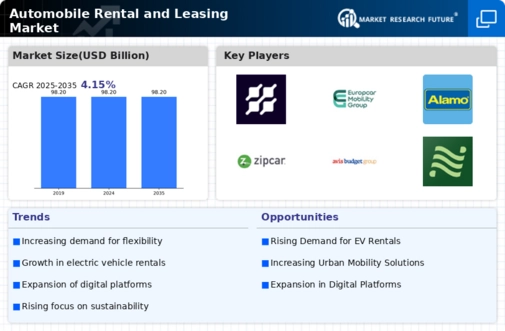
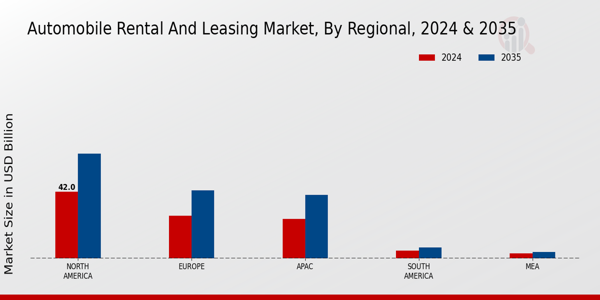
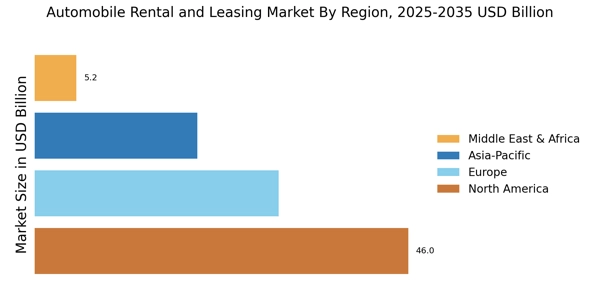


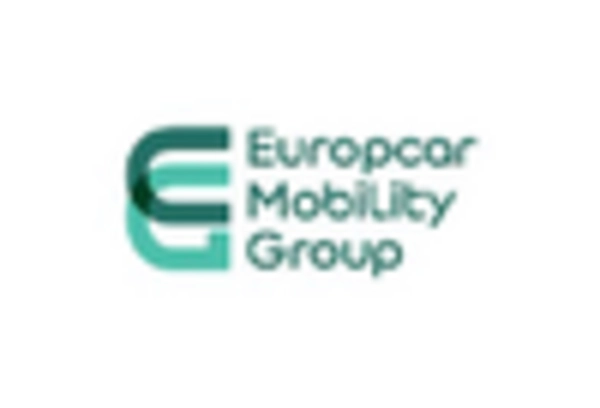
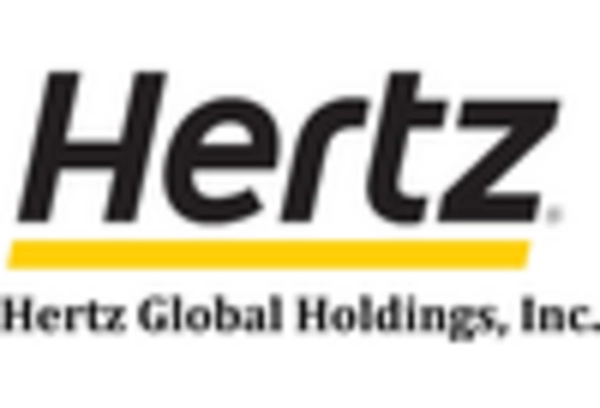

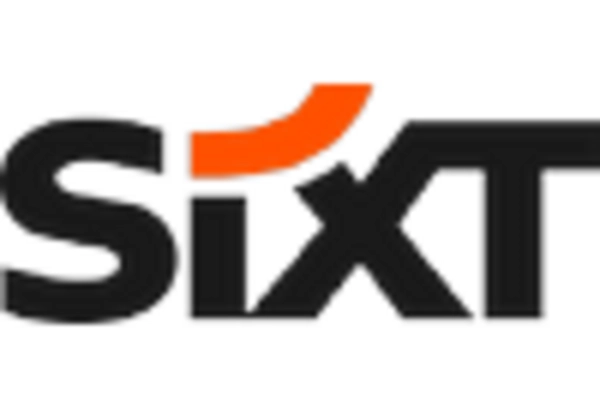








Leave a Comment